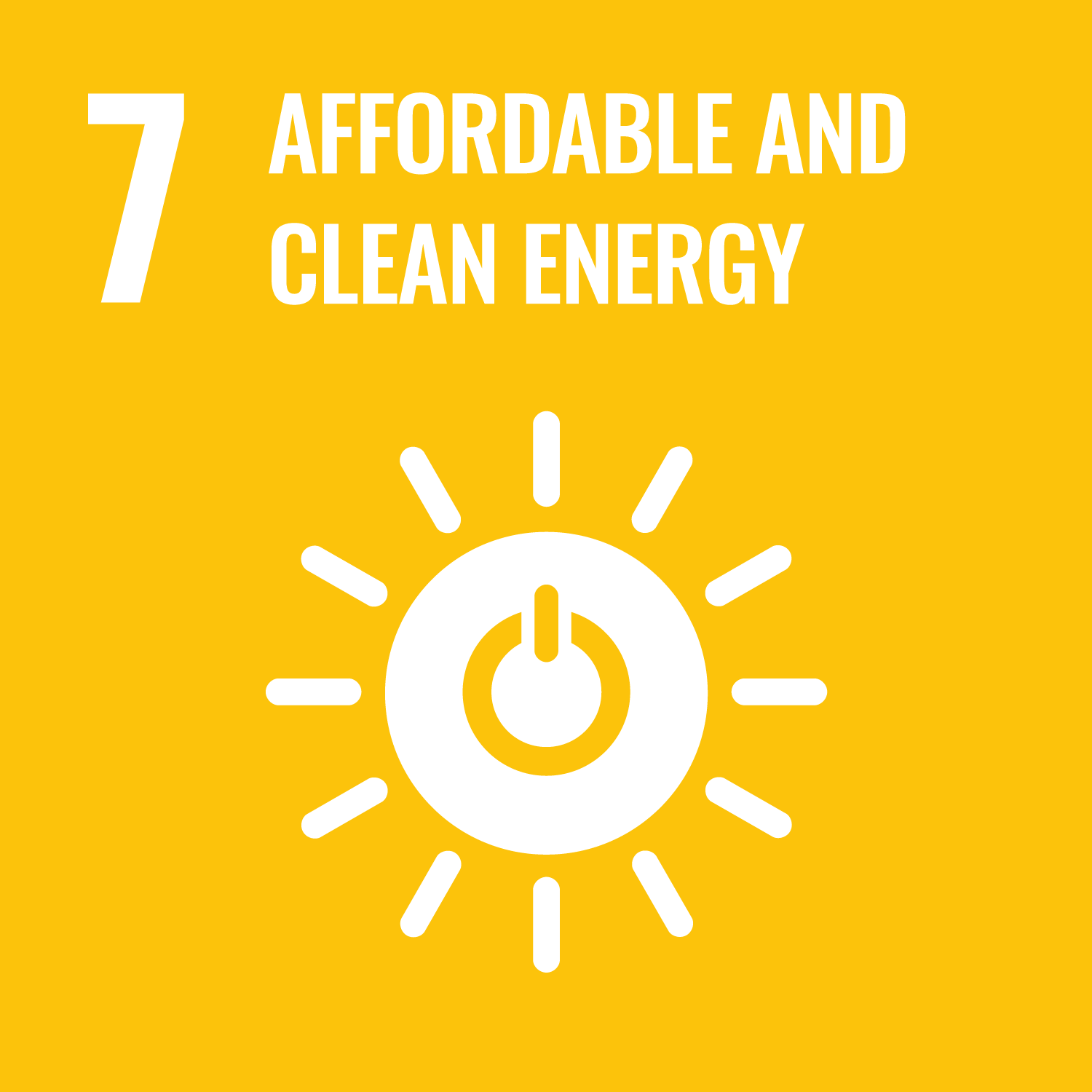This course will focus on the structures and properties of inorganic complexes and compounds. We will study concepts in periodicity
of the atoms, and nature of chemical bond in metal, compounds and molecules. After that, we will study crystal and molecule
symmetries and its relationship to spectra, solid-state, reaction mechanisms, coordination chemistry, and descriptive chemistry
of selected elements. Lectures organize the material, outline goals and cover the basic principles of each topic. It is expected
that students will read the textbook and work the problems as appropriate to augment the material presented in the class.
Students must have followed the “Basic Chemistry” course or have demonstrated proficiency in chemistry at IB standard level,
and consequently the “General Chemistry A” and “General Chemistry B” as prerequisites to be admitted to this course.
The aim of this course is to help students acquire an understanding of the principles of inorganic chemistry on the academic
level.
| Goals and objectives | Course Outcomes | |
|---|---|---|
| 1. | The students will be able to explain the principles on the periodic table, chemical bond, and origin of colors in inorganic compounds |
A-1
|
| 2. | The student will be able to predict the crystal structure and characteristics of basic inorganic compounds. |
A-1
|
| 3. | The student is able to give a presentation on a topic of her/his choice selected from the classes |
A-1
|
| Exams | Report | Presentation | Total. | |
|---|---|---|---|---|
| 1. | 25% | 10% | 35% | |
| 2. | 25% | 10% | 35% | |
| 3. | 30% | 30% | ||
| Total. | 50% | 20% | 30% | - |
| Class schedule | HW assignments (Including preparation and review of the class.) | Amount of Time Required | |
|---|---|---|---|
| 1. | Introduction - Variation of inorganic compounds in your daily life - Current topics related to inorganic compounds |
lecture review at home | 90分 |
| 2. | Periodic Table - History of elements - s-. p-, -d- and f-blocks - Configuration of electrons in orbitals |
lecture review at home | 180分 |
| 3. | Chemical Bond - Metallic, Ionic, and Covalent bond - Hydrogen, inter-molecule and coordination bond - Pressure effect on the bonding |
lecture review at home | 180分 |
| 4. | Presentation about your selected elements and compounds - Elements - Compounds |
lecture review at home | 180分 |
| 5. | Hand-on experiments of inorganic compounds(1) - Observation of minerals - Simple elements, oxides, sulfides, and halides |
lecture review at home | 180分 |
| 6. | Colors in inorganic ions and compounds - Based on the electron numbers - Based on the impurity - Based on the structure |
lecture review at home | 180分 |
| 7. | Exam #1 - Exam regarding classes 1-6 - Review and Discussion over Exam questions |
preparation for exam #1 | 240分 |
| 8. | Structure of solid (1) - Basic concept of the crystal structure - Elements and metals |
lecture review at home | 180分 |
| 9. | Structure of solid (2) - Simple ionic compounds - Complex ionic/covalent compounds - Molecule crystals |
lecture review at home | 180分 |
| 10. | Properties of main Group Elements - Metallic Elements - Oxygen and Non-Metallic Elements - Semi-Metallic Elements |
lecture review at home | 180分 |
| 11. | Properties of Transition Group Elements - Lighter d-group Elements - Heavier d-group Elements - F-group Elements |
lecture review at home | 180分 |
| 12. | Hand-on experiments of inorganic compounds(2) - Superconducting levitation - Electric power generation by thermoelectrics |
recture review at home | 180分 |
| 13. | Final Presentation about your selected inorganic compounds | preparation for exam #2 | 240分 |
| 14. | Exam #2 - Exam regarding classes 8-12 - Review and Discussion over Exam questions |
preparation for final presentation | 280分 |
| Total. | - | - | 2650分 |
| A:Fundamental Mechanical Engineering | B:Advanced Mechanical Engineering | C:Environment and Materials Engineering | D:Chemistry and Biotechnology | E:Electrical Engineering and Robotics | G:Advanced Electronic Engineering | F:Information and Communications Engineering | L:Computer Science and Engineering | H:Urban Infrastructure and Environment |
|---|
Exam #1 will contribute 25% to final grade.
Exam #2 will contribute 25% to final grade.
The presentation #1 will contribute 15% of final grade
The presentation #2 will contribute 15% of final grade
The report #1 will contribute 10% of final grade
The report #2 will contribute 10% of final grade
To pass the student must earn a total score of 60% or more.
Exam #2 will contribute 25% to final grade.
The presentation #1 will contribute 15% of final grade
The presentation #2 will contribute 15% of final grade
The report #1 will contribute 10% of final grade
The report #2 will contribute 10% of final grade
To pass the student must earn a total score of 60% or more.
| ways of feedback | specific contents about "Other" |
|---|---|
| Feedback in the class |
For examples, Inorganic Chemistry, 7rd ed. D. Mark Weller, Tina Overtonand, Dr Jonathan Rourke, and Fraser Armstrong, Oxford
Univ Pr; (2018).
- Contact via e-mail, the e-mail addresses to Ayako YAMAMOTO: ayako@shibaura-it.ac.jp
- Course that cultivates an ability for utilizing knowledge
- Course that cultivates a basic problem-solving skills
| Work experience | Work experience and relevance to the course content if applicable |
|---|---|
| N/A | N/A |



- 7.AFFORDABLE AND CLEAN ENERGY
- 9.INDUSTRY, INNOVATION AND INFRASTRUCTURE
- 12.RESPONSIBLE CONSUMPTION & PRODUCTION
Last modified : Sun Mar 16 04:05:32 JST 2025
